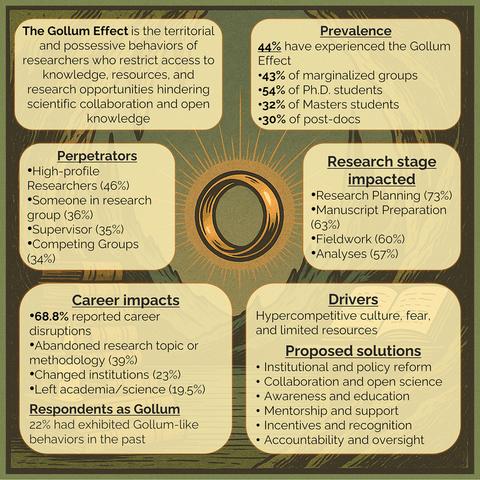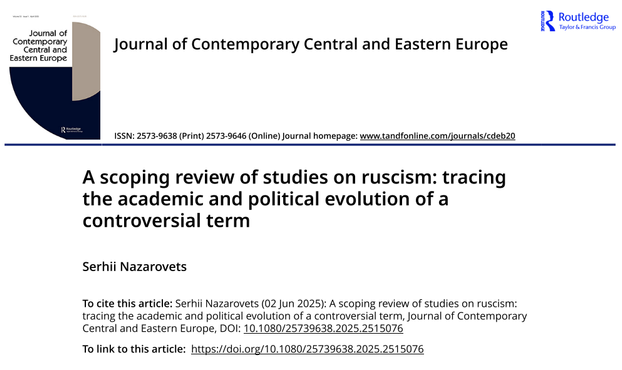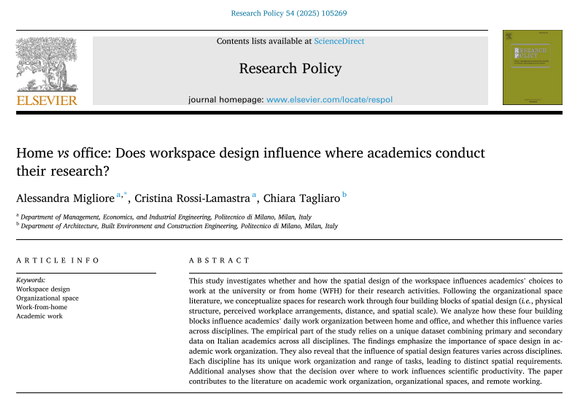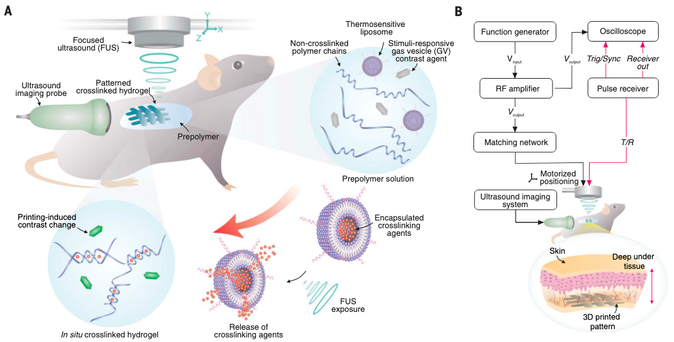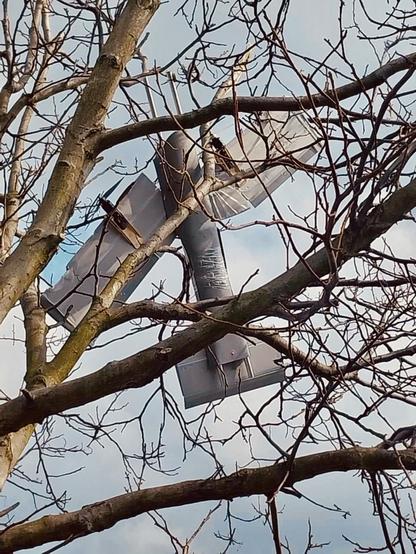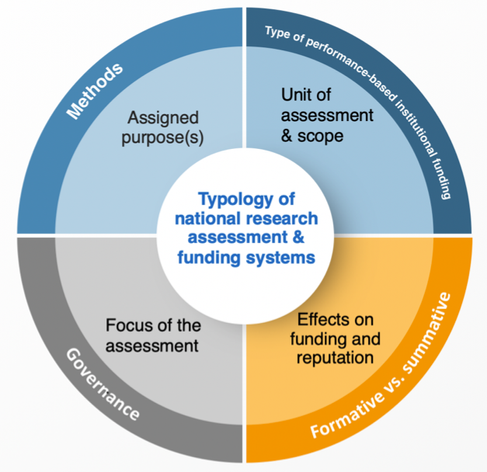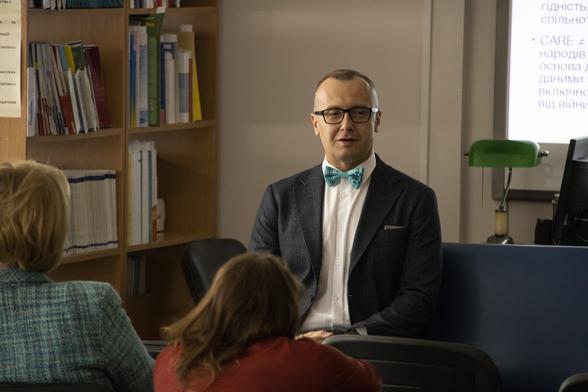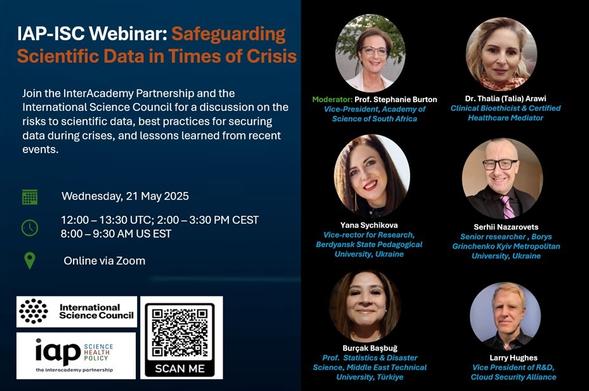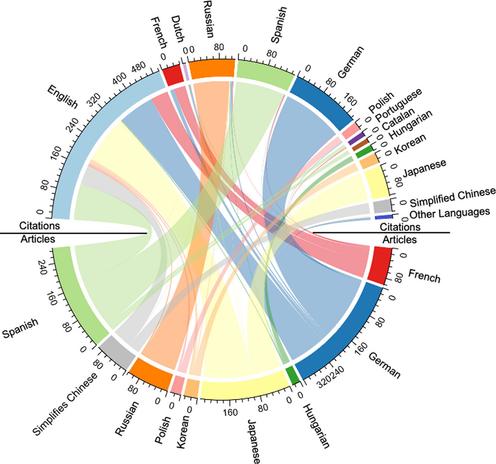“It’s mine, my own, my precious!” Turns out Gollum isn’t just a character from Tolkien :notsimple: — he lives in academia too. A global study finds that 44% of ecologists & conservation scientists have faced territorial behaviour: data hoarding, blocked access, stolen ideas.
📄 https://www.cell.com/one-earth/fulltext/S2590-3322(25)00140-X
It’s called the Gollum Effect — and it’s pushing early-career & marginalized researchers out of science.
